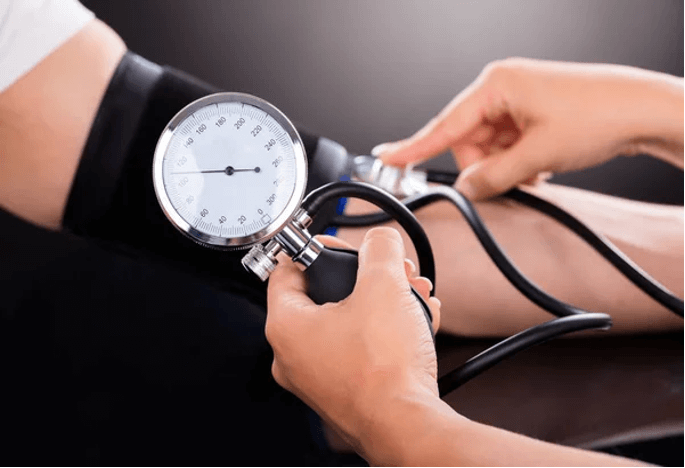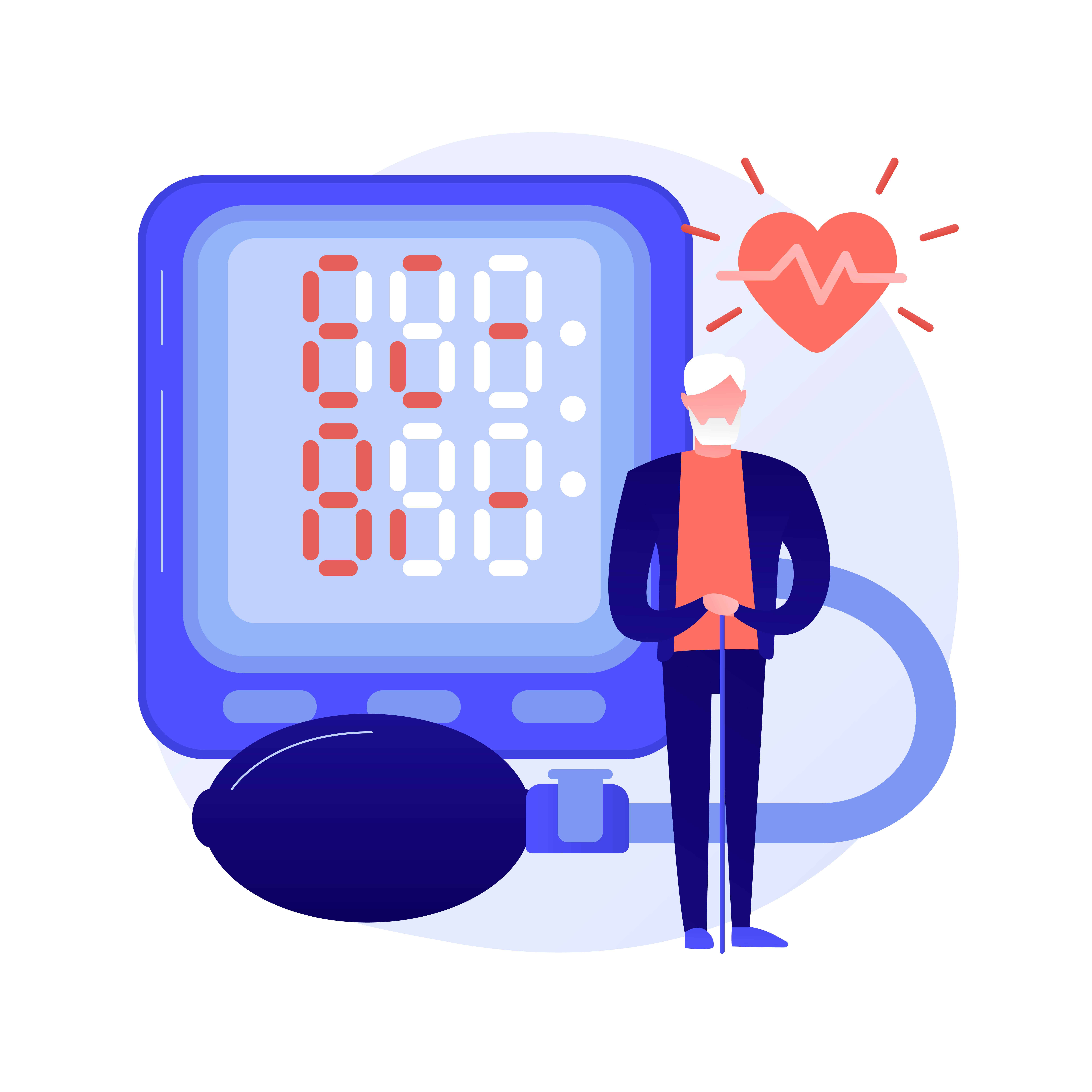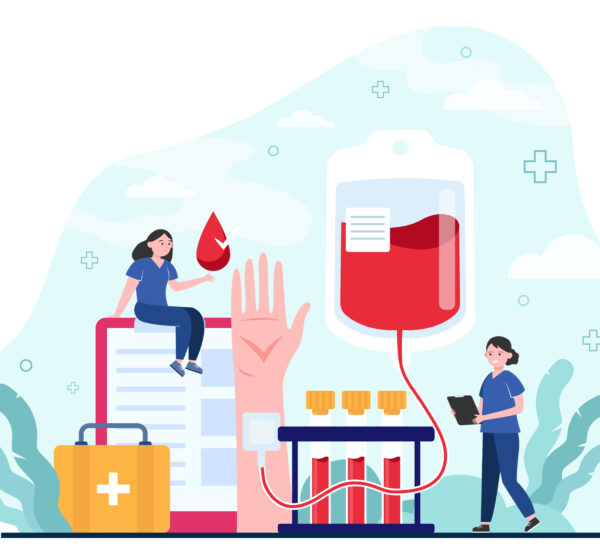What does it mean when you have a low blood pressure reading?
- Definition of Terms
- Instructions on How to Properly Get Your Blood Pressure
- How Doctors Diagnose Hypotension
- Signs and Symptoms
- Causes of Low Blood Pressure
- Treatment for Low Blood Pressure
- Consulting With A Cardiologist Near Me
- How to Book A Consultation With A Cardiologist for Hypotension and Hypertension?
- Frequently Asked Questions
- What if your blood pressure reading is 110/70 blood pressure?
- I’m confused. This morning I checked my BP and it was 159/79. However, just the weekend, on Saturday, when I checked it, it was 140/70. What does my latest reading mean?
- How can I check my blood pressure reading at home, without going to the doctor’s office?
- Is 110/70 blood pressure female a normal blood pressure reading?
- What about 110/60 blood pressure female, is it still in the borderline of normal blood pressure reading?
- Where to buy a sphygmomanometer near me so I can monitor my blood pressure daily?
- Final Takeaway
Definition of Terms
Blood pressure is defined as the pressure inside the blood vessels, called arteries when it pushes blood into the body. As the heart pumps blood out, the highest measured pressure in the arteries is known as the systolic pressure (top number reading) while as the heart relaxes, the pressure in the arteries decreases, and the lowest measured pressure is known as the diastolic pressure (bottom number reading) in sphygmomanometer (blood pressure device) readings. The unit of measurement of blood pressure readings is millimeters of mercury (mm Hg).
Figure 1 presents a blood pressure chart as a guideline for interpreting blood pressure readings.
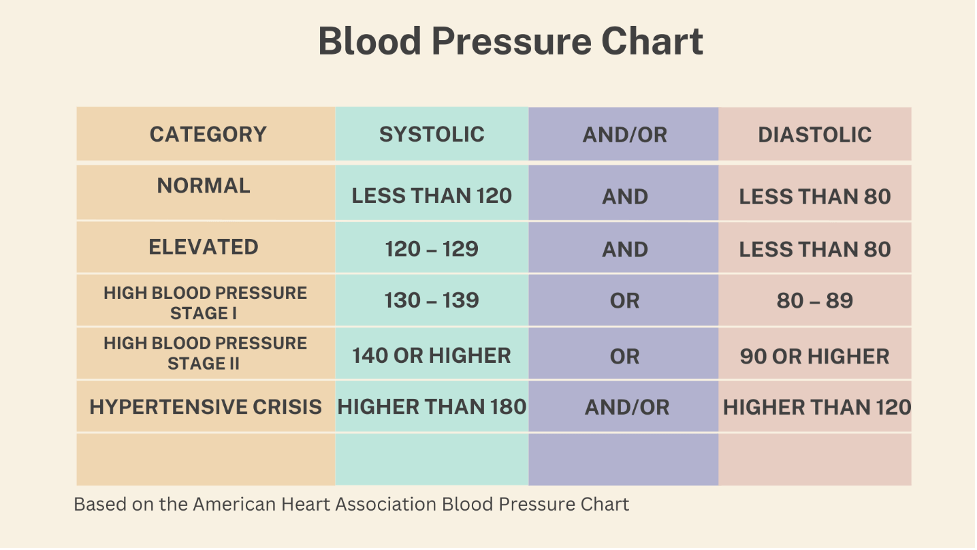
Elevated blood pressure is a constant elevated systolic blood pressure numbers of 120 – 129 and a diastolic blood pressure of less than 80 mmHg.
Stages of high blood pressure levels also known as hypertension:
- Hypertension Stage 1 – 130 – 139/ 80 – 89 mmHg
- Hypertension Stage 2 – ≥140 – ≥90 mmHg
- Hypertensive Crisis – >180/>120 mmHg
Low blood pressure also known as hypotension is a decreased systolic blood pressure of 90 mmHg or less and diastolic blood pressure of 60 mmHg or less.
Hence, the normal blood pressure or ideal blood pressure ranges from 110-130 mmHg for systolic readings and 60-70 for diastolic readings is acceptable. For instance, bp 110/70 and 110/60 land on the normal blood pressure reading.
Instructions on How to Properly Get Your Blood Pressure
It is important to accurately, regularly, and properly capture readings using a home blood pressure monitor to interpret your current blood pressure. Be sure to watch out for measurements that exceed the normal blood pressure range.
Preparation before taking your blood pressure includes wearing loose-fitted clothes, resting for a few minutes before taking the reading, avoiding exercise, and taking food that would temporarily raise your blood pressure.
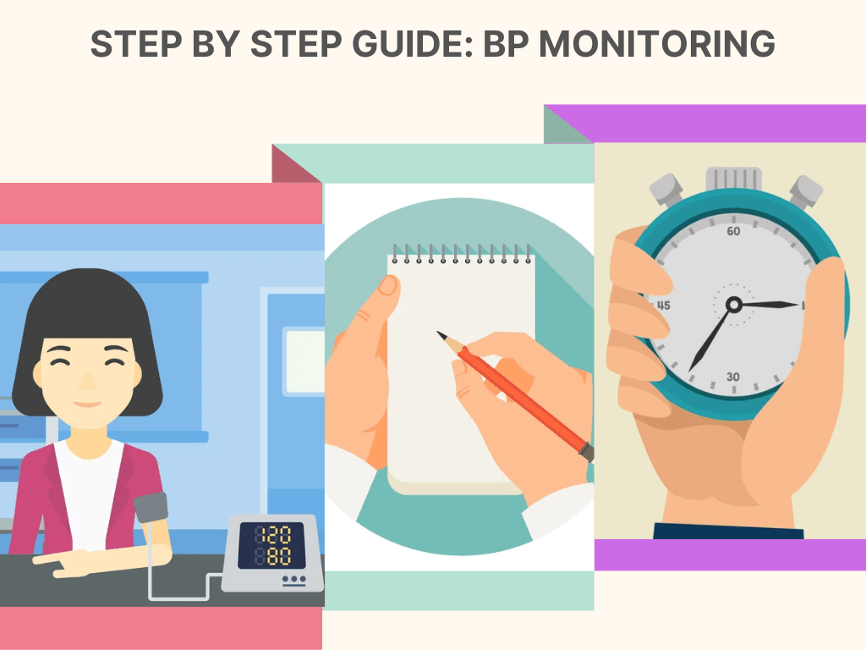
Follow These Simple, Easy and Helpful Tips:
- Follow the instructions for use of the blood pressure monitor device
- Let your arm rest on a surface that is on the same level as your heart
- Position the cuff on your upper arm, 2 cm above your elbow to detect the artery
- Keep still and relax while taking your first number for blood pressure
- Repeat the reading 2 to 3 times and get the average
- Record the final number of blood pressure reading
Additional Useful Tips in Blood Pressure Monitoring are:
- Use the same arm when taking your blood pressure regularly
- Take your blood pressure at the same time per day and log it in a notebook
- Consult with your doctor when you have questions/doubts about your blood pressure readings
How Doctors Diagnose Hypotension
Diagnosis of hypotension involves a constant evaluation of multiple blood pressure readings recorded at different times of the day and after eating or after taking medications.
Patient symptoms (listed in the next section below) also play an important factor in diagnosis. Low blood pressure may present a range of symptoms from slightly noticeable lightheadedness to a higher risk of passing out that would lead to falls.
Laboratory assessment for ruling out comorbidities should also be looked into.

Risk Factors for Hypotension are Listed Below:
- Medical conditions – such as diabetes mellitus, cardiovascular conditions, Parkinson’s disease, occult malignancies, amyloidosis, vitamin deficiencies
- Age – prevalent in older adults but can be seen in children and adolescents
- Drugs/medications – high blood pressure medications such as beta-blockers, alpha-blockers, and diuretics
A diagnosis of hypotension can be a warning indication for underlying medical conditions like cardiovascular diseases which can be a tool for prevention.
Types of Low Blood Pressure (Hypotension)
- Orthostatic hypotension also known as postural hypotension is characterized by a large decrease in blood pressure that is observed upon standing which could lead to syncope (fainting/passing out). It is usually seen as a drop in systolic blood pressure of at least 20 mmHg or a drop in diastolic blood pressure of at least 10 mmHg within 3 minutes of standing from a resting position.
- Postprandial hypotension is defined as a decrease in blood pressure after meals that could also lead to syncope. Blood pressure with a fall in the systolic reading of ≥20 mmHg within 2 hours after eating large meals is seen in patients diagnosed with postprandial hypotension.
Signs and Symptoms

Patients with low blood pressure may be symptomatic or asymptomatic.
Here is a list of symptoms you might be experiencing due to low blood pressure:
- Lightheadedness or dizziness
- Unsteadiness
- Visual blurring
- Hearing disturbances
- Syncope
- Sweating
- Fatigue or tiredness
- Palpitations
- Shortness of breath
- Feeling that you are about to faint
- Neck and shoulder pain

Severe symptoms include:
- Loss of consciousness
- Cerebral hypoperfusion or inadequate flow of blood to the brain
Causes of Low Blood Pressure
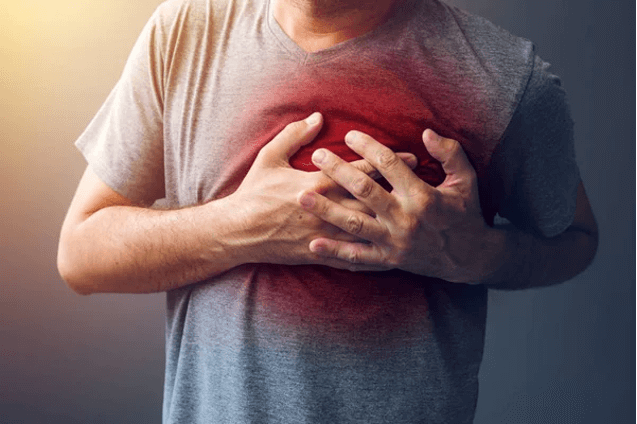
Multiple causes may coexist if a patient has low blood pressure.
- Inadequate autonomic nervous system adjustment
- Drug-induceded hypotension (antihypertensive, antidepressants, and antiparkinsonian medications which causes autonomic response impairment)
- Cardiovascular diseases/heart failure
- Neurodegenerative diseases
- Kidney failure
- Endocrine disturbances like adrenal insufficiency (adrenal glands don’t produce sufficient hormones) and hypoglycemia (low blood sugar)
- Severe infection
- Increased alcohol intake
- Blood loss
Treatment for Low Blood Pressure

Treatment interventions for low blood pressure target symptom relief which are categorized as:
- Review and modification of patient’s maintenance medications – identification of hypotensive-causing drugs (such as antihypertensive drugs) that can be dose adjusted, shifted to other medications or discontinued.
- Non-pharmacological treatment management – involves modifications in daily living to increase blood pressure for clinical improvement.
Lifestyle changes may include the following:
- Avoid standing up rapidly, sit for a few minutes before standing
- Avoid consuming large meals
- Fewer carbs
- Drinking water before meals
- Higher salt diet
- Regular exercise to increase blood flow
- Avoid hot environments
- Pharmacological management – if non-pharmacological treatment fails to control hypotension, prescribing medications in combination with lifestyle change can improve low blood pressure.
The following drugs are commonly given to help with hypotension:
- Midodrine – causes vasoconstriction and increases blood pressure
- Fludrocortisone – promotes sodium retention that leads to fluid retention that is necessary to improve blood pressure. It is important to increase potassium intake since this drug causes loss of potassium.
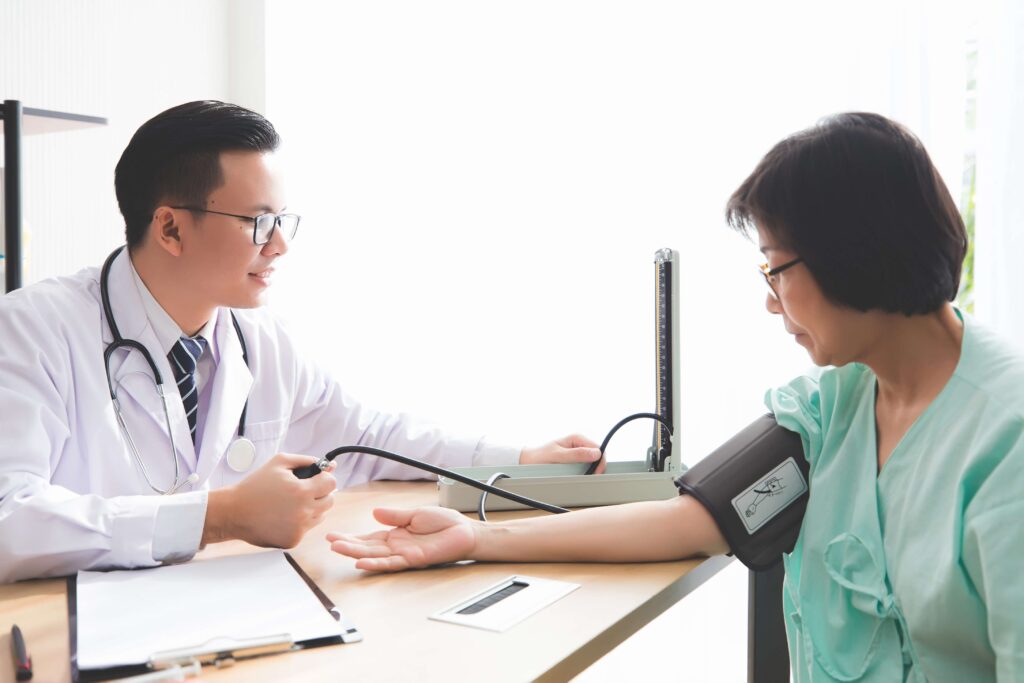
Consulting With A Cardiologist Near Me
Schedule a consultation with nearest cardiologist near you especially if you experience an increase in the severity of low blood pressure and if the symptoms listed above persist. Extreme low blood pressure may result in organ damage if blood is not sufficiently circulated.
There are several prominent hospitals where you can find licensed doctors. Check out the following hospitals in the Metro:
- Makati Medical Center
- St. Luke’s Medical Center Quezon
- Chinese General Hospital
- UST Hospital
- Manila Doctors
Be prepared when requesting a consultation with your doctor by listing all experienced symptoms and current medications for proper assessment and treatment management.
How to Book A Consultation With A Cardiologist for Hypotension and Hypertension?
Whether your reading is higher or lower than 110/80 blood pressure, consulting a doctor in the field is a must to ensure your overall health. Here’s how you can schedule an appointment with a cardiologist on NowServing.
- Click the link to view all of the cardiology doctors in the Philippines.
- Choose the doctor you want to book by pressing the “Book Appointment” button.
- Select if you are a new patient or an old patient.
- Provide your name, contact details, etc to proceed with the booking.
- Wait for the confirmation message.
Take note that the price for the consultation is at Php 500.00. However, this doesn’t involve the cost for the other needed tests. Furthermore, you can also use your HMO plan for your consultation. Check out how to use your HMO here.
Frequently Asked Questions

What if your blood pressure reading is 110/70 blood pressure?
Based on the definition of normal, elevated, high, and low blood pressure above, bp 110/70 as well as 110/60 mmHg is considered normal.
I’m confused. This morning I checked my BP and it was 159/79. However, just the weekend, on Saturday, when I checked it, it was 140/70. What does my latest reading mean?
Fluctuations in blood pressure readings happen all the time. The first reading is usually higher than the succeeding ones you may repeat them 2-3 times and compute for the average. Also, make sure to take your BP at the same time each day and use the same arm. Don’t panic if you have a high blood pressure reading and rest for a few minutes before taking another one. Check out the tips listed above for proper blood pressure reading and monitoring.
How can I check my blood pressure reading at home, without going to the doctor’s office?
Having a blood pressure monitor device or sphygmomanometer at home is useful in checking your blood pressure regularly. Choose a clinically tested blood pressure monitor.
Is 110/70 blood pressure female a normal blood pressure reading?
Yes, 110 over 70 blood pressure is considered normal for both males and females. It falls within the healthy range and typically indicates good cardiovascular health. Remember to monitor your blood pressure regularly and consult a healthcare professional if you have any concerns.
What about 110/60 blood pressure female, is it still in the borderline of normal blood pressure reading?
Absolutely, systolic number of 110 and diastolic number of 60 are considered ideal blood pressure reading. However, below 60 diastolic number can be a problem as it indicates a lower blood pressure. It’s best to ensure management of blood pressure is your priority to maintain normal blood pressure levels.
Where to buy a sphygmomanometer near me so I can monitor my blood pressure daily?
If you are prone to low blood pressure or high blood pressure, it’s best to have a monitoring device at home to ensure your blood pressure is normal. Sphygmomanometer is commonly available in pharmacies, local retail stores, and online stores. However, if this device is not available in the nearest store, it’s best to visit your local health department like barangay health centers, clinics, etc. to check your blood pressure reading.
Final Takeaway
Low blood pressure can be a life-threatening condition that usually affects elderly patients. Knowing how to read and interpret blood pressure measurements as well as recognizing the symptoms may help prevent the risk of falling and having fractures.
The immediate diagnosis and choosing the best treatment intervention together with the proper lifestyle adjustment such as regular diet and exercise would result in clinical improvements in patients with low blood pressure.
References
- Dempsey EM. What Should We Do about Low Blood Pressure in Preterm Infants. Neonatology. 2017;111(4):402-407. [PubMed]
- Kim HA, Bisdorff A, Bronstein AM, Lempert T, Rossi-Izquierdo M, Staab JP, Strupp M, Kim JS. Hemodynamic orthostatic dizziness/vertigo: Diagnostic criteria. J Vestib Res. 2019;29(2-3):45-56. [PubMed]
- Magkas N, Tsioufis C, Thomopoulos C, Dilaveris P, Georgiopoulos G, Sanidas E, Papademetriou V, Tousoulis D. Orthostatic hypotension: From pathophysiology to clinical applications and therapeutic considerations. J Clin Hypertens (Greenwich). 2019 May;21(5):546-554. [PubMed]
- Mukai S, Lipsitz LA. Orthostatic hypotension. Clin Geriatr Med. 2002 May;18(2):253-68. [PubMed]
- Pinto E. Blood pressure and ageing. Postgrad Med J. 2007 Feb;83(976):109-14.[PubMed]
- Luciano GL, Brennan MJ, Rothberg MB. Postprandial hypotension. Am J Med. 2010 Mar;123(3):281.e1-6. [PubMed]
- https://www.mayoclinic.org/diseases-conditions/low-blood-pressure/symptoms-causes/syc-20355465
- https://www.sutterhealth.org/ask-an-expert/answers/low-blood-pressure-symptoms-treatment
- https://www.nursingtimes.net/archive/blood-pressure-low-06-02-2009/
- https://www.sciencedirect.com/science/article/abs/pii/S0002934309007190
- https://www.bloodpressureuk.org/your-blood-pressure/how-to-lower-your-blood-pressure/monitoring-your-blood-pressure-at-home/how-to-measure-your-blood-pressure-at-home/
Quick Quiz: Is Your Blood Pressure in the Healthy Range?
Test what you learned about normal, low, and high blood pressure readings, symptoms of hypotension, and when to consult a cardiologist.
Next steps for your heart health
If your readings are often higher or lower than the normal range, or you notice symptoms like dizziness or fainting, it’s safest to talk to a doctor.
